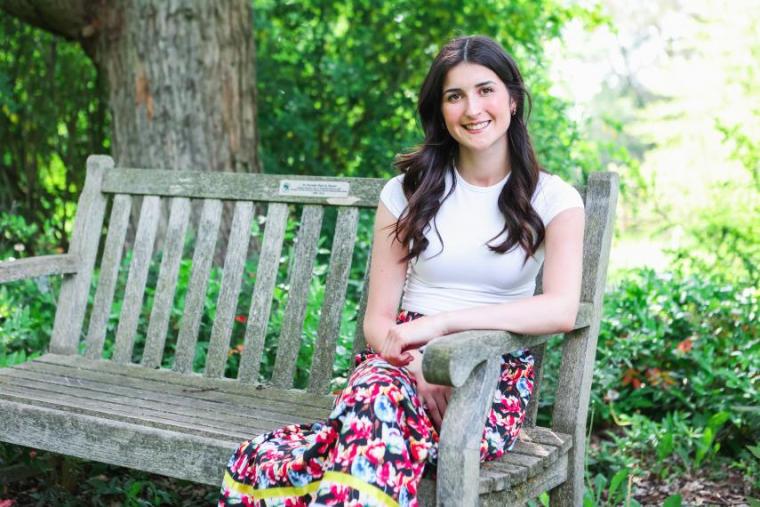
June 21st is National Indigenous Peoples Day, recognizing and celebrating the history, heritage, resilience and diversity of First Nations, Inuit and Métis across Canada. Since much of Canada’s resources and extraction occurs on Indigenous territory, U of G’s BIESP student Marah LaForge believes it’s critical that braiding together Indigenous and Western perspectives is critical to long term environmental sustainability. An Indigenous student from the GTA, Marah’s experiences in the BIESP program has helped her blend knowledge systems to mitigate the impact of climate change and protect the environment.
Name: Marah LaForge
Hometown: Between Brampton and Erin, Ontario (plus summers on Timiskaming First Nation in Quebec
Graduation year: 2027
Program: Bachelor of Indigenous Environmental Science and Practice (co-op) [1]
On the two-eyed seeing approach to learning about the environment…
The programs two-eyed seeing approach to learning gives a bigger picture of how Indigenous sovereignty can allow for full protection of the environment. The program connects both Western and Indigenous perspectives that are both essential when working in the environmental field, because it often involves working alongside Indigenous people. The program has given me a wide variety of invaluable experiences that no other program offers, from learning how to write scientific reports to snowshoeing in the Arboretum!
I chose the Bachelor of Indigenous Environmental Science and Practice program because I have always been passionate about the environment and wanted to learn more about the role Indigenous knowledge and culture plays in its protection. I wanted to learn more about how Indigenous people are overlooked in decision-making involving their territories, despite governing the lands carefully for time immemorial.
Ultimately, I want to connect with my Indigenous culture and work in the field of environmental science, and this program offered the perfect hands-on experience!

On the importance of people gaining an understanding of Indigenous history and culture…
I think it is extremely important for people in environmental science to gain an understanding of Indigenous history and culture. Much of Canada’s resources and extraction occurs on Indigenous territory, so by studying Indigenous roles in environmental sovereignty and braiding together knowledge systems, we can use Indigenous science, Indigenous title, and western science to successfully protect the environment and combat climate change.
On the best thing about the Bachelor of Indigenous Environmental Science and Practice program…
The best experience I have had in the BIESP program was the IES2010 summer field course after my first year. This one-week field course allowed us to live on the lands, with Indigenous communities and the environment as our teachers. We had the amazing opportunity to spend time with Shawanaga and Magnetawan First Nations, learning about their scientific systems for protecting natural species. We even got to canoe a whole bunch and release dozens of snapping turtles! We also got to visit a walleye fish hatchery, view Massasauga rattlesnake pitting, and participate in a medicine walk led by an Elder. There were so many more highlights, such as getting to engage in a Full Moon Ceremony and learning to bead. Overall, the program is filled with incredible experiences with a tight-knit group that is always supportive and ready to learn together.
